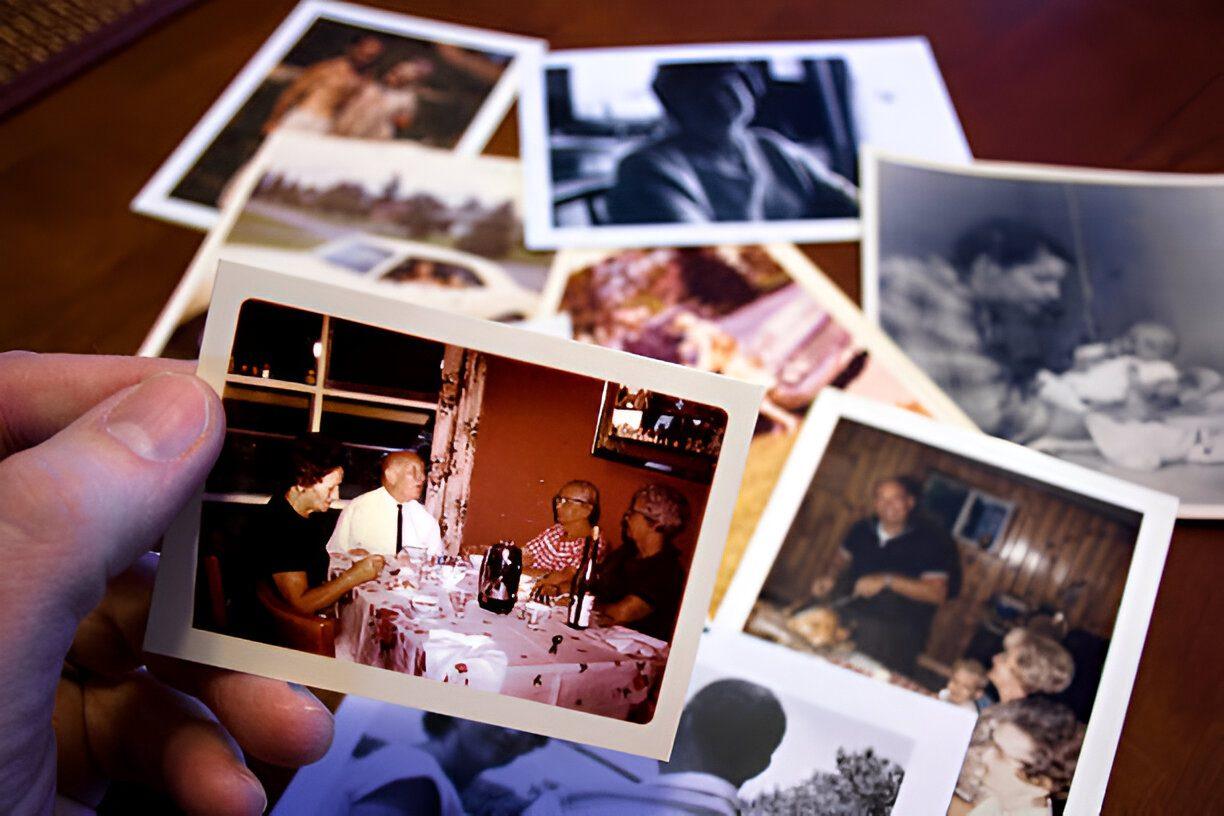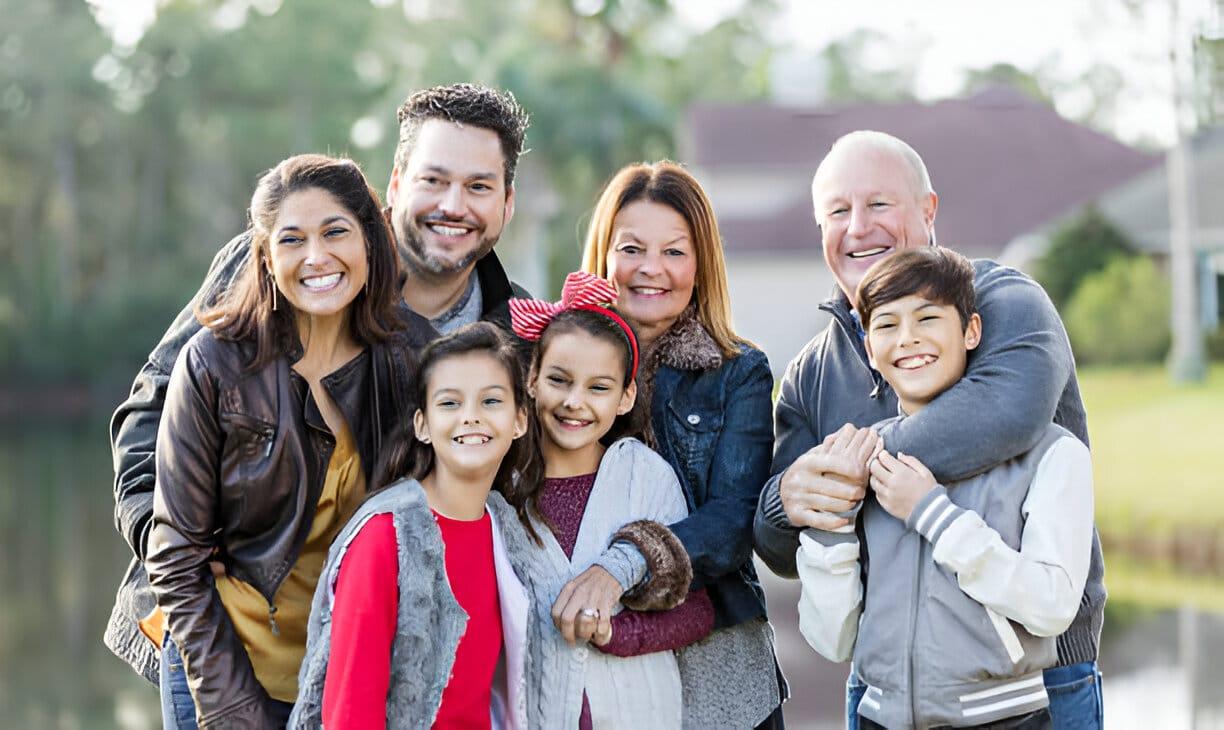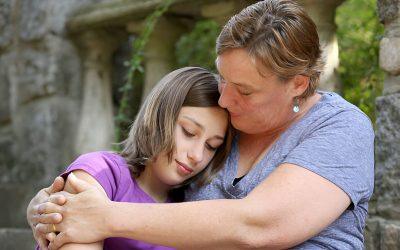When Absence Shapes Togetherness
In the wake of losing a loved one, family bonds can fracture—or grow closer than ever. Navigating these shifts isn’t always easy, but shared memories and open communication can bridge the gaps grief creates. As one grieving daughter said, “We found a new closeness in telling his stories—each time, we felt him with us.”
“Daily check-ins with my siblings became our lifeline. We laughed, cried, and kept my mother’s spirit alive through every shared moment.”
Maintaining Family Connections After a Loss

The death of a family member leaves a ripple effect on relationships, reshaping family dynamics in unexpected ways. Grief can either build bridges of shared understanding or create chasms of silence and isolation. While the loss challenges the bonds that hold a family together, it also offers an opportunity to strengthen those connections through shared mourning, memories, and love.
Here, we explore how families can navigate the aftermath of loss, fostering unity and connection even in the shadow of grief.
The Impact of Loss on Family Dynamics
- Shared Grief: Loss can bring families closer as they mourn together, but differences in how individuals grieve may create tension or misunderstanding. One person’s silence might be misinterpreted as indifference, while another’s emotional outpouring might feel overwhelming.
- Shifting Roles: The absence of a family member often causes shifts in family roles. Someone might become the emotional anchor, taking on a leadership role in maintaining unity, while others may struggle to adapt to the new dynamics.
Understanding these changes are the first step in keeping family bonds strong.
Strategies for Maintaining Connections
Open Communication
-
- Regular Check-Ins: Schedule consistent times to connect—weekly phone calls, video chats, or in-person gatherings. Even a simple, “How are you doing today?” can create space for open dialogue.
- Honest Conversations: Encourage discussions about the loved one who has passed. Sharing memories, expressing grief, and acknowledging emotions help prevent the “elephant in the room” from growing.
Memorializing Together
-
- Annual Gatherings: Mark significant dates like birthdays or anniversaries with family gatherings. These moments can celebrate the life of your loved one while reinforcing familial bonds.
- Collaborative Projects: Create something meaningful as a family—a memory book, a recipe collection, or even a garden in their honor. Working together toward a shared goal can be deeply healing.
Rituals and Traditions
-
- New Traditions: Introduce rituals that honor the loved one, such as lighting a candle at family meals or dedicating a toast to them during holidays.
- Adapted Traditions: Continue old family traditions with a new layer of meaning, infusing them with acts of remembrance that celebrate their presence in your lives.
Support Each Other’s Grieving Process
-
- Respect Differences: Grief manifests differently for everyone. While one family member might need solitude, another may seek constant connection. Respecting these differences ensures everyone feels supported.
- Family Counseling: A neutral space, like family therapy, allows each person to express their grief and gain understanding of how others are coping.
Leverage Technology
-
- Family Groups: Use apps like WhatsApp, Facebook, or private platforms to share photos, stories, or daily updates. These tools can maintain a sense of togetherness, especially when geography separates the family.
- Virtual Memorials: Create online spaces for collective remembrance, where family members can post tributes, share memories, or upload photos and videos of the loved one.
Challenges and Solutions
- Conflict Resolution: Grief can bring old tensions to the surface. Approach conflicts with empathy and patience, and consider mediation or therapy if needed.
- Geographic Distance: For families spread across different locations, regular virtual check-ins and planned reunions can ensure bonds remain strong despite physical separation.
Moving Forward Together
- Embrace Change: Families evolve after loss. Be open to new ways of connecting, whether through shared activities, rituals, or roles.
- Celebrate Life: While grief is part of the family’s story, so is the joy and love shared by the person who has passed. Find ways to celebrate their life, honoring their influence on the family’s ongoing journey.
Things To Try This Week!
- Schedule a Family Check-In: Pick a day or time each week for a group call or chat—an easy way to maintain open lines of communication.
- Plan a Mini Memorial: Choose a family tradition—like Sunday brunch or a monthly game night—and set aside a few minutes to share a story or memory of the loved one.
- Create a Shared Photo Album: Encourage each family member to add pictures or captions. This collaborative project can become a living archive of precious moments.
Conclusion
Maintaining family connections after a loss is a testament to the enduring power of love. It’s about striking a delicate balance—mourning together while also celebrating the life that was lived. Through open communication, shared rituals, and mutual support, families can navigate the profound changes brought by loss, growing closer and stronger.
Even in the absence of the loved one, their spirit remains, woven into the fabric of family bonds, reminding everyone that love doesn’t end—it transforms and continues to connect.
Though a beloved member of your family is no longer physically present, their memory and influence can still strengthen the ties that bind.
In our cherish section, you’ll discover tender ways to keep those memories alive—through meaningful keepsakes and thoughtful gestures that honor both the past and your ongoing love for one another.
More Reflections, More Growth
Loss is complex, and the road to healing is different for everyone. These reflections offer insight, support, and guidance as you navigate this journey.
When Parenthood Dreams Stall: Navigating Infertility with Compassion
Infertility is a deeply personal journey that affects physical, emotional, and relational well-being. Discover how compassion—both self-directed and from others—can transform this experience into one of resilience and connection.
When Hope Falls Silent: Finding Support After Pregnancy Loss
Pregnancy loss is a deeply personal experience, often shrouded in silence. Learn how to find support—from medical care to community connections—and navigate the complex grief with compassion and hope.
Where Grief Finds No Words: Honoring Unspoken Losses
Unspoken losses—miscarriage, estrangement, unrealized dreams—often remain hidden, leaving those affected isolated in their grief. Learn how to honor these silent struggles, validate their impact, and embrace healing.
Navigating the Heartache: Coping with the Loss of a Parent
Grieving a parent is life-altering. This guide offers compassionate insights and practical steps to help you cope with the loss and carry their love forward.
Navigating the Heartache: The Role of Parents in Healing After Loss
Parents are vital in guiding children through grief. This guide explores how to balance personal healing with creating a safe, supportive environment for resilience.
Navigating Grief as a Parent Yourself
Balancing personal grief while supporting your children is challenging. This guide offers compassionate advice to help you heal and grow closer as a family.
How to Support Grieving Parents: A Compassionate Guide
Supporting grieving parents requires compassion and understanding. This guide explores ways to provide comfort, offer practical help, and honor their child’s memory.
The Unique Pain of Losing a Child
Losing a child is an unimaginable grief that reshapes a parent’s world. This guide offers compassionate insights and pathways toward healing and honoring their memory.
Standing Beside the Unthinkable: Supporting Families Through Child Loss
The loss of a child reshapes a family forever. This guide offers compassionate strategies to provide meaningful support, honor their child’s memory, and ensure no family grieves alone.
Explore Journeys of Healing and Solace:
Discover dedicated spaces that offer understanding, guidance, and connection through grief. From the loss of loved ones to life’s challenging transitions, each category provides a pathway to reflect, connect, and find peace in shared experiences.

























